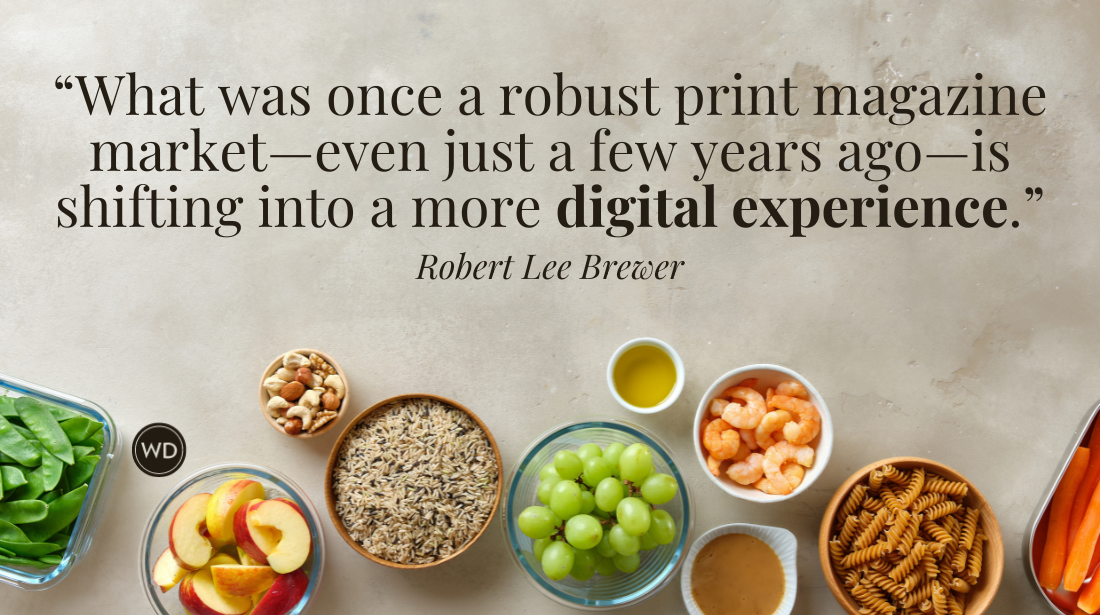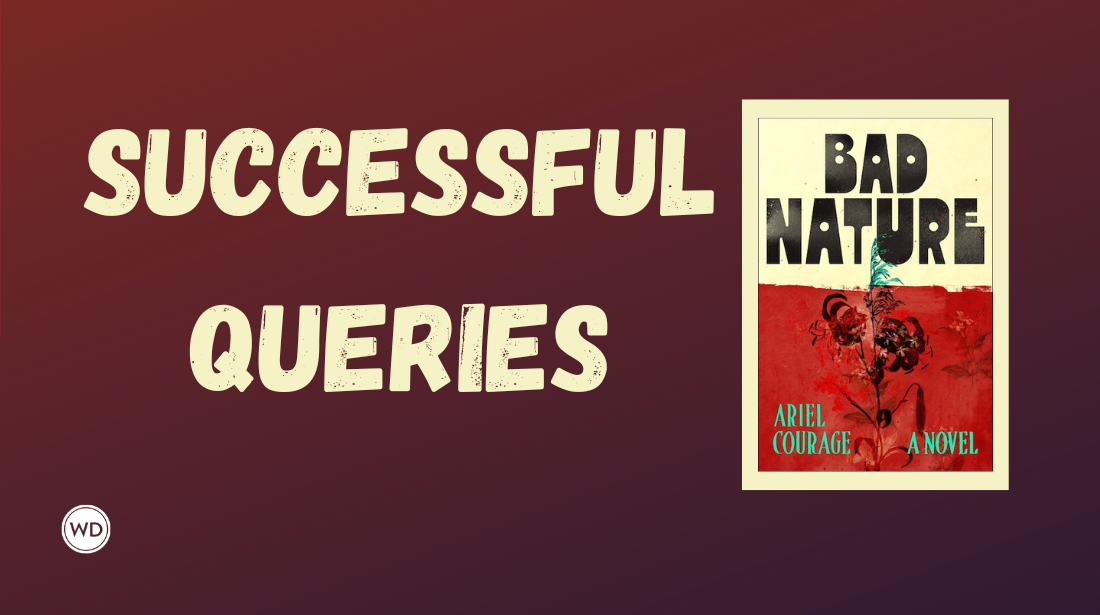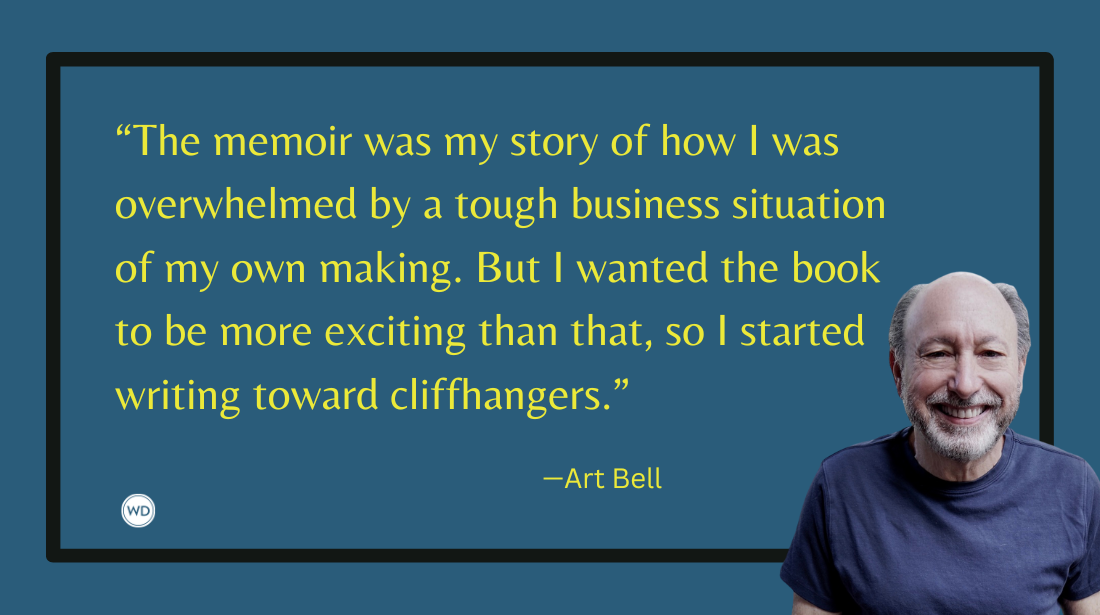7 Outlets to Consider for Your Journalism
Journalist Alison Hill shares seven outlets for writers to consider when trying to place their journalism, including newspapers, podcasts, newsletters, and more.
One of the greatest challenges facing freelancers is finding a home for our work and being well compensated for it. Pitching ideas to various outlets requires dedication, perseverance, and a thick skin, as rejection is inevitable.
But there are so many options now available that if you throw enough queries out there, or just “go it alone” your journalism will be published somewhere, guaranteed. Whether you’ll be paid is another matter. But you will, at the very least, be read, seen, and/or heard.
Before the internet explosion full-time and freelance journalists were confined to the traditional media outlets of newspapers, magazines, television, and radio. While these mediums still exist (for now) the opportunities are quickly diminishing, and competition is fierce. But as traditional outlets shrink thousands of digital options fill the gaps, with a multitude of opportunities, from Medium, and YouTube, where you can upload your creations at will, to countless online publications seeking content.
The opportunities are out there and it’s up to each of us to take advantage of them. Let’s look at some outlets, starting with traditional print publications and their online offshoots.
1. Traditional Magazines/Newspapers—Print
Nothing beats leisurely leafing through a magazine or scanning sections of a newspaper. Readers love this tangible experience, newsstands are still well stocked, and my guess is that print will always be around in some form, just look at vinyl’s comeback.
And for a writer—there’s no greater satisfaction than seeing your name in print. It’s validation of your writing skills and a huge confidence booster. An online byline is nice but clutching a publication with your work in it…priceless.
If you’re new to freelancing, start by pitching local publications as it’s easier to find stories (they’re everywhere) and you have more chance of breaking in despite having little to no experience. In the Triangle area of North Carolina for example, there are at least eight local magazines and many of them accept freelance pitches.
Check out your area for local magazines and independent newspapers. Getting an article published locally is not only encouraging, but now you have clips to use in subsequent pitches. And who knows, you may become a regular contributor.
That said, there’s nothing stopping you from simultaneously pitching the big leagues—remember ideas are king, and if you have a really good story, experience doesn’t necessarily matter. So go ahead, send out pitches to the nationals, they may say no (or even worse, not respond) but keep trying. I know many journalists who pitched numerous times before they got a “yes” in national publications.
2. National/State/Local Magazines/Newspapers—Digital Editions
Most national and state publications have digital versions and it’s usually easier to get your ideas accepted in the online edition. So, if you’re rejected by the print editor, go the digital route. Many of us have succeeded this way.
The pay is usually less than print versions, but the byline (and bragging rights) are valuable for your portfolio. You get your name out there and a link to your bio and website. The editors talk to each other so word will get around if you do a good job. So, it’s a win-win. Maybe next time you pitch the print edition you’ll get a yes, and even better, if the online editor likes your work, you may get a regular gig!
3. Trade Publications
Dazzled by the prospect of bylines in big-name glossies, freelancers often overlook a huge market which pays well and has less competition—trade publications. Most industries publish a trade magazine tailored to professionals in that field, from aviation and business to medical and travel. For example, this year I wrote my first article for a trade publication, a feature on the popularity of television veterinarians, for Veterinary Practice News.
Check out the latest version of Writer’s Market for listings of trade publications to pitch. You can find Writer’s Market in your local library or purchase a copy at a bookstore or online. This is an invaluable resource for freelance journalists and writers for all types of publications.
4. Subscription Sites/Membership Platforms
Medium
Many journalists and freelancers publish articles regularly on Medium. Although some claim to make money from their content, it’s by no means a fast track to early retirement for most. Rather it’s a platform where you can share previously published pieces (always check your copyright first) or write fresh content.
You have the freedom to write about anything you want. You can become a paid member and have access to unlimited articles and earn money from your work, or you can just go ahead and publish for free to build your online presence.
Substack
Substack is an email newsletter platform with the option of creating a free or paid newsletter. It’s been said that Substack has revolutionized journalism, and this is somewhat true, as the platform allows for editorial, financial and creative freedom. Independent writers and podcasters can publish content directly to their audience and monetize their sites through subscriptions.
Several well-known journalists in established publications have moved to Substack for these reasons, for example Glenn Greenwald of the Intercept. You don’t need to be famous to try and make it on Substack as it’s accessible to all, but like every digital platform you must create a brand and offer value for your audience by adhering to quality, objectivity, and accuracy.
For journalists who want to tackle tough or controversial stories, Substack has a legal program called Substack Defender offering access to lawyers who provide a legal review of stories pre-publication and advice on cease-and-desist letters.
There are of course other subscription/membership platforms such as Patreon, which is a crowdfunding platform allowing fans (patrons) to support creators for the work they produce.
5. Video—YouTube
YouTube is the main choice for independent filmmakers, documentarians, and citizen journalists/videographers. While YouTube is free to use, the platform attracts more than one billion monthly users and there are billions of uploads on the site, so getting noticed can prove challenging. Potential earnings rely on audience views and subscribers, so make your content useful, informative, accurate, and educational.
From music to the ever-popular cat videos, anything goes on YouTube, but journalism also plays a big role—and there’s an array of journalism courses, independent news channels and current affairs podcasts. If you’re not a trained videographer I suggest learning some basic production skills, including camera work, editing, and lighting. If you can’t afford a video camera, use your iPhone camera (if you have one), and if you can’t afford editing software there are many free versions available, including the iMovie app on your iPhone.
Many citizen journalists attend events and simply upload raw footage—engaging in “fly on the wall” or actuality journalism unfiltered, unedited, and very real. Vimeo is another platform where you can upload video content and build an audience.
6. Audio/video—Podcasts
According to the PEW Research Center nearly a quarter of Americans turn to podcasts for their news. A podcast is essentially an on-demand audio talk-show, featuring one or more hosts, discussing a variety of topics, from news and current events to cooking and comedy. It’s not a new concept by any means, but the delivery, availability and accessibility are revolutionary, opening doors for many journalists and others who want to build an audience and/or share/cover stories.
It’s a relatively easy process and you don’t need expensive equipment other than your phone and computer. Podcasts can be audio only or video and audio, and many journalists, writers, and authors have made a mark this way, to complement their writing, make money, and tackle topics that may be overlooked by the mainstream media. Many newspapers, radio and TV networks have offshoot podcasts.
Examples of hugely successful interview talk-shows are The Joe Rogan Experience on Spotify and Under the Skin with Russell Brand on Apple Podcasts (formerly iTunes). Also check out journalist Mandy Matney’s podcast, The Murdaugh Murders for an example of superb investigative journalism.
7. Online Publications, Personal Blogs, Newsletters
You can either create your own blog or pitch stories and article ideas to the countless online news and lifestyle publications that cover a variety of topics, niches, and genres. From listicles and blogs to personal essays and long-form narrative storytelling, there is a home online for your style of journalism.
Most writers create a website to showcase their work, start a blog, offer writing and editing services, or all the above. On a website you can upload or provide links to a podcast and YouTube channel as well as write your own blog and offer services. There are many website builder options from the user friendly Wix.com to the more complex WordPress, where you have more design options.
WordPress offers plug ins that can transform your site into a professional membership site. So, if you haven’t created your own writer/journalist blog yet here are some resources to help you get started WebSiteBuilders.
Remember to carefully choose your domain name as this will become your brand. Journalists can also create daily, weekly, or monthly newsletters and promote them through email marketing. Writing organizations such as The Author’s Guild offer website services as a membership perk.
Additional Resources
- https://www.pewresearch.org/fact-tank/2022/02/15/nearly-a-quarter-of-americans-get-news-from-podcasts/
- https://www.top10best-blogsites.com/us/blog/?matchtype=b&utm_source=GoogleAds&gclid=Cj0KCQjwvZCZBhCiARIsAPXbajtrodYtv4RdVffumPW11AlL2t78lfZBwUzTLUdW4psTlnOSCktokoIaAlHnEALw_wcB
- https://thewritelife.com/how-to-pitch-trade-magazines/
- https://www.howtogeek.com/828319/what-is-a-podcast/
- https://www.forbes.com/advisor/business/how-to-start-a-podcast/
- https://www.forbes.com/sites/falonfatemi/2021/01/20/the-rise-of-substack-and-whats-behind-it/?sh=40107fd0159f
Alison Hill is a freelance writer, journalist, and Emmy-nominated producer who writes for print and online publications. Since 2001, Alison has been a regular guest commentator on BBC radio news shows discussing US politics and current events. Before going solo, she was a PBS producer and director and also worked as an investigative journalist for a Welsh TV series. From hosting TV shows and creating online content to going undercover with a hidden camera, she’s done it all. Alison grew up in a tiny village in Wales and speaks fluent Welsh. She’s an avid hiker, who also loves camping, kayaking, and reading. She now lives in South Carolina with her husband, 8-year-old daughter, and two rescue cats.








